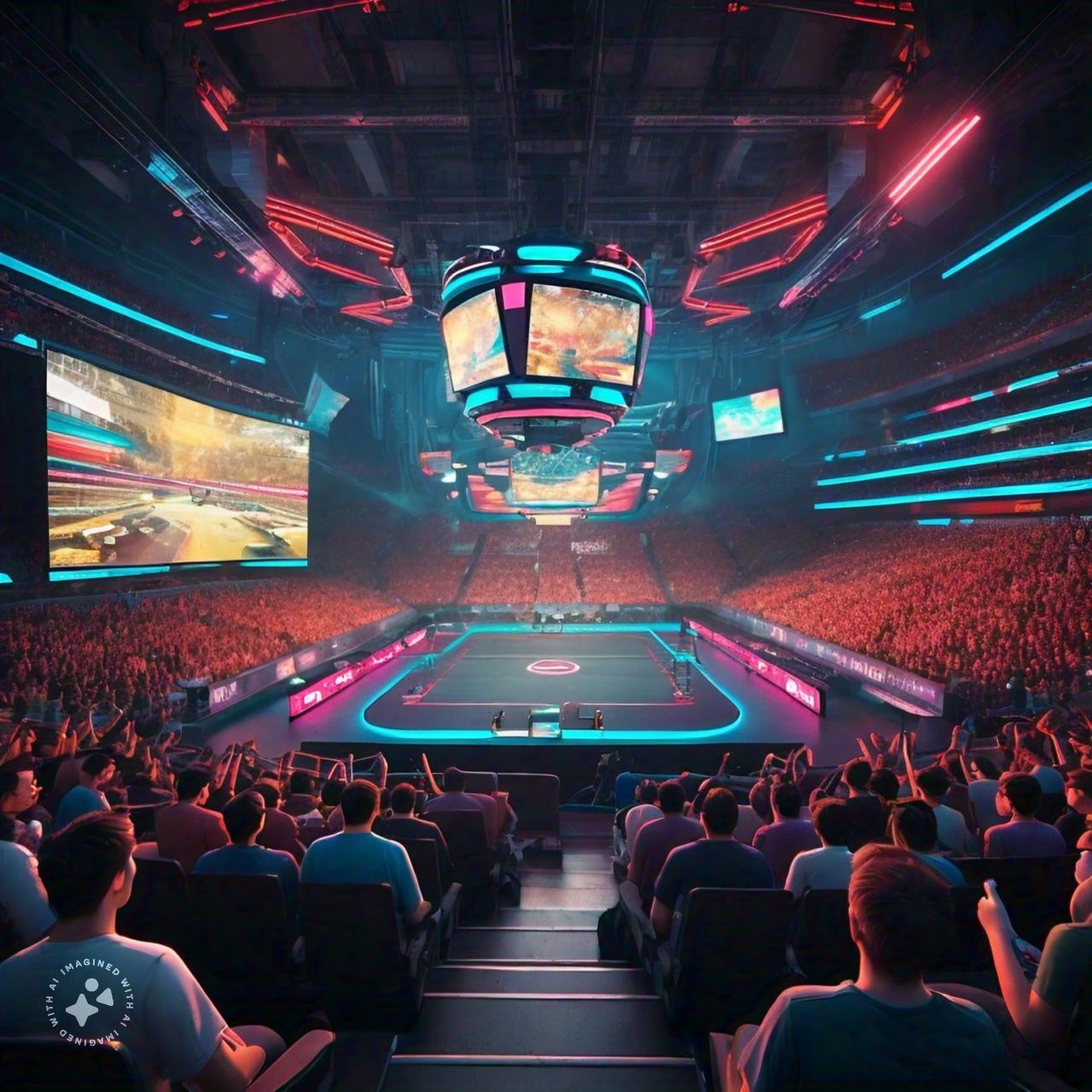Exploring the Fusion of Technology and Wellbeing in Modern Lifestyles Leave a comment
The Intersection of Technology and Wellbeing in Lifestyle
In today’s fast-paced world, technology and wellbeing are two concepts that are increasingly combined. As technology continues to advance at a rapid pace, it is alter the way we approach our health and lifestyle. From wearable fitness trackers and telemedicine to mental health apps and smart homes, the intersection of technology and wellbeing is creating new opportunities for improving overall quality of life. In this article, we will explore how these technological innovations are shaping our approach to physical health, mental wellness as well as daily living.
The Evolution of Health and Fitness Technology
Wearable Devices for Physical Health
Wearable technology has become a root of modern health and fitness rule. Devices such as fitness trackers, smartwatches and heart rate monitors provide users with real-time data on various health metrics. These devices track steps, monitor heart rates, measure sleep patterns and even analyze stress levels. The benefit and accessibility of these tools have made them popular among individuals looking to take control of their health. With the ability to set goals, receive notifications and track progress over time, wearables allow users to make informed decisions about their physical wellbeing.
Telemedicine: Revolutionizing Healthcare Access
The advent of telemedicine has significantly transformed healthcare delivery especially in remote or underserved areas. Through video consultations, patients can now access medical professionals without the need to travel long distances. This technology not only saves time but also reduces the strain on healthcare systems. Telemedicine platforms facilitate easy access to specialist care, second opinions and follow-up consultations. By using digital communication tools, telemedicine ensures that healthcare is more accessible and inclusive, ultimately enhancing patient outcomes.
Mental Wellness through Digital Solutions
Mental Health Apps: A New Frontier
Mental wellness is an integral part of overall health and technology has introduced innovative ways to support it. Mobile apps focused on mental health offer resources for meditation, mindfulness and stress management. Apps like Headspace and Calm provide guided meditation sessions while others like Betterhelp, offer professional counseling services. These digital solutions make mental health support more accessible, especially for individuals who may feel hesitant to seek traditional therapy. By providing tools for self-care and professional help, mental health apps play a crucial role in maintaining emotional balance and reducing anxiety levels.
Online Therapy: Bridging the Gap
Online therapy platforms have emerged as a important tool for mental health support. These platforms connect individuals with licensed therapists through secure, confidential video calls, chats as well as emails. Innovative services have made therapy more accessible by offering flexible scheduling and eliminating geographical barriers. Online therapy provides a comfortable, convenient alternative to in-person sessions, making it easier to seek help when needed. This approach not only increase access to mental health care but also helps to correct the process of seeking psychological support.
Enhancing Daily Living with Smart Technology
Smart Homes: The Future of Comfortable Living
Smart home technology is reviewing how we interact with our living spaces. From smart thermostats and lighting systems to voice-activated assistants and connected appliances, these innovations contribute to a more efficient and comfortable lifestyle. For instance, smart thermostats like Nest learn user preferences and adjust temperatures accordingly, optimizing energy use and enhancing comfort. Similarly, smart lighting systems can create customized lighting environments that align with circadian rhythms, promoting better sleep and overall wellbeing. By coordinating various smart devices, homeowners can create a balance system that simplifies daily tasks and improves quality of life.
Digital Assistants: Enhancing Productivity and Convenience
Voice-activated digital assistants like Amazon’s Alexa, Google Assistant, and Apple’s Siri are becoming essential in modern households. These AI-powered assistants can perform a range of tasks, from setting reminders and playing music to controlling other smart devices and providing weather updates. Their ability to understand and respond to natural language commands makes them user-friendly and efficient. By automating routine tasks and providing instant information, digital assistants help users manage their time more effectively and reduce cognitive load and contributing to overall wellbeing.
The Role of Social Media in Wellbeing
Building Supportive Online Communities
Social media platforms have evolved into spaces where individuals can find support and connect with like-minded people. Groups and communities focused on health, fitness, mental wellness and lifestyle these all offer a sense of belonging and encouragement. For example, online fitness challenges and support groups can motivate individuals to stay active and committed to their goals. Similarly, mental health communities provide a safe space for sharing experiences and receiving support from peers. By fostering connections and facilitating the exchange of ideas, social media can positively impact wellbeing.
The Impact of Social Media on Mental Health
While social media offers numerous benefits, it also presents challenges related to mental health. The constant exposure to curated content and idealized representations of life can lead to feelings of inadequacy and anxiety. The pressure to maintain a certain image or keep up with trends can be amazing . However, by practicing mindful usage and setting boundaries, individuals can mitigate the negative effects of social media. It is essential to strike a balance between staying connected and taking breaks to ensure a healthy relationship with these platforms.
Challenges and Considerations
Privacy and Data Security
As technology becomes more integrated into our lives, concerns about privacy and data security are dominant. Wearable devices, health apps and smart home systems collect sensitive personal information. Ensuring that this data is protected and used ethically is crucial. Users must be aware of the privacy policies of the technologies they use and take steps to safeguard their information. Companies must prioritize data security and transparency to build trust and protect user wellbeing.
Digital Overload and Screen Time Management
With the increasing reliance on digital devices, managing screen time and preventing digital overload are critical. Excessive screen time can lead to eye strain, disrupted sleep patterns and decreased physical activity. It is important to set boundaries for technology use and incorporate regular breaks to reduce the risk of digital fatigue. Tools like screen time trackers and apps that encourage digital detox can help individuals maintain a healthy balance between the virtual and physical worlds.
Conclusion
The interconnection of technology and wellbeing is a dynamic and evolving landscape that holds great potential for enhancing quality of life. From wearable health devices and telemedicine to mental health apps and smart home technologies, these innovations offer valuable tools for managing physical health, mental wellness and daily living. While there are challenges to navigate, such as privacy concerns and digital overload, the benefits of integrating technology into our lifestyles are evident . By accepting the power of technology thoughtfully and mindfully, we can create a healthier and more balanced approach to living in the modern age.

Micheal Clark, an expert in lifestyle, brings extensive expertise and experience to his writing. As a celebrated author, he offers readers insightful perspectives on living well, blending practical advice with engaging narratives that inspire and inform.



















